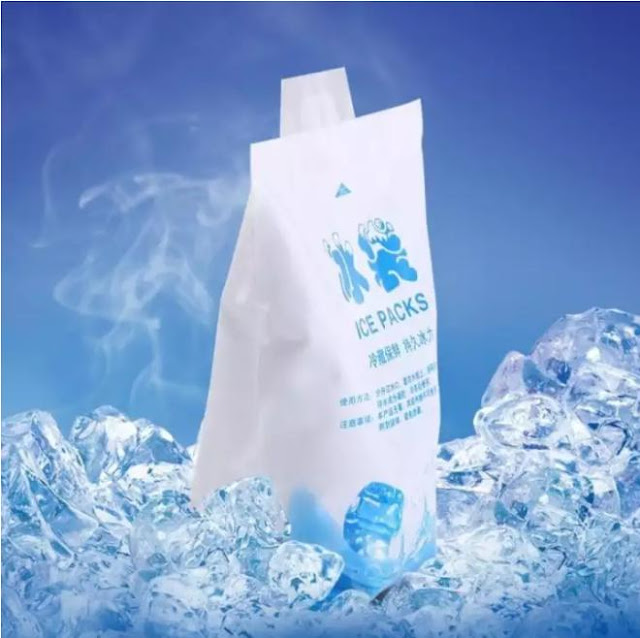Today
on the Britwrap blog, we outline the differences between instant,
gel, and traditional ice packs. Do they all have the same purpose? What are the
differences? Are they interchangeable with each other?
Ice
packs are essential medical devices to have at home or in a place where you
play sports. Convenient and small in size, frozen packs (in various forms that
we will list shortly) are useful for many things: they quickly relieve pain and
swelling, but they can also keep food and drinks cool during a trip.
A truly
remarkable invention is that of ice packs: in circulation since the end of
the 1950s, these bags of ice have been perfected more and more. In today's
large-scale distribution, there are two types: instant ones and gel ones
(reusable). They are easily confused, but, in reality, they have very specific
characteristics.
Instant ice packs
Instant
ice packs are easy and convenient, as they can be taken anywhere without problems.
Inside a plastic bag, there is a substance that, thanks to the pressure exerted
by the fingers, starts a chemical reaction and cools down in a few seconds. The
non-toxic substance contained in the bag creates an endothermic reaction which
allows the creation of instant ice.
These
instant ice packs keep the cold sensation for a long time (even 3/4
hours) and do not need to be kept in the freezer. Their cooling action allows
them to be used after a fall or a sprain (therefore for therapeutic purposes),
but also to keep food fresh.
Although
the substances contained in the instant ice pack are not toxic, it is
necessary to dispose of the medical device correctly, not to puncture it, not
disperse its contents into the environment or pour it down the sink. Therefore,
this instant ice is thrown into the unsorted waste once the cold effect has
worn off.
Cooling pack
Cooling
pack (or
gel wraps) are decidedly versatile since they have a double use: they can be
cooled and heated. An excellent alternative for those needing heat-based
therapies to recover from some injury.
In
addition to this double function, cooling packs are excellent because
they can be reused repeatedly. But, on the other hand, they are inconvenient if
served suddenly - as they need some time to reach the desired temperature.
Like
instant ice packs, reusable cooling packs are made from non-toxic
materials. They come from jelly closed in a perfectly sealed plastic bag.
Before storing them in the freezer or the medicine cabinet, just rinse them
with soap and water and dry them carefully: with this simple maintenance, they
can last for many years.
Do Cooling pack and ice packs have the same action as traditional ice?
Ice is
useful immediately after some injuries – to quell pain and limit swelling.
Therefore, all first aid kits should contain instant ice packs and Cooling
packs. However, care must be taken when using these medical devices: their
ability to maintain low temperatures for a long time can cause damage and
abrasions to the skin. In addition, since ice drastically loses its cooling
effect over time, it is perhaps safer to use. To avoid frostbite injury, it's
always a good idea to wrap your ice pack, cooling pack, or ice pack
in a towel or soft cloth.
What do
you think of this article? Have you ever used one of these medical devices?
Tell us about your experience, and contact the Britwrap team.

Comments
Post a Comment